Pacifiers – are they healthy, unhealthy, or just completely unnecessary? Parents can’t seem to come to an agreement but the truth remains that they can be super helpful, especially when it comes to soothing fussy babies.
But when your baby won’t take pacifier, this doesn’t mean that your baby’s binky ship has sailed!
Although there are babies who never warm up to pacifiers, there are numerous tricks you can try before waving the white flag.
The key lies in offering the soother or dummy (or whatever you call it!) to your baby when he’s in a good mood or right after a feeding.
When he’s fussy and crying, you’ve already lost the battle before you’ve even begun!
If that doesn’t work, try dipping the silicone or latex nipples into a small amount of baby formula or breast milk and giving it to your baby.
To motivate your baby to actually suck on the nipple, you can try gently shaking or tapping the dummy while it’s in your baby’s mouth.
Most importantly, remember to be patient and take it easy. Some babies simply don’t care for sucking on dummies and you should never force your baby to use one.
If this happens, it’s not the end of the world as there are many alternatives to pacifiers you can try.
And, if you’re nursing, wait until you and your baby have gotten the hang of it (usually about a month) before you introduce a pacifier.
What To Do When Baby Won’t Take Pacifier
Here are 6 tricks you can try when your baby won’t take pacifier.
1. Try different pacifiers
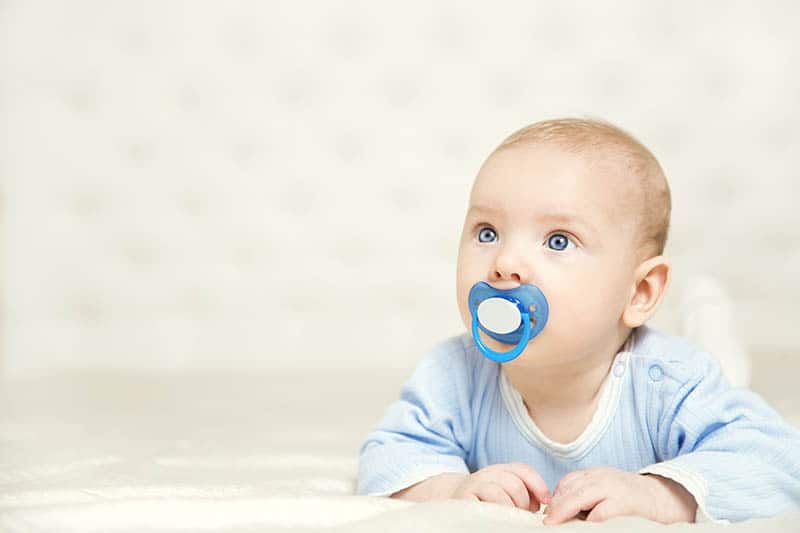
No matter what, there is always more than one kind of paci, so when your baby rejects one, just give another kind a try.
The first thing to keep in mind is the size of the pacifier, and making sure that the size on the label matches your little one’s age.
Most pacifiers or dummies are available in sizes small (suitable for a 6-month old or younger baby), medium (from 6 to 18 months of age), and large (over 18 months of age).
A paci that’s too big can be dangerous for your little one, not to mention that it’s likely your baby will reject it.
Then, you should also consider the type of pacifier. The Soothie pacifier by Philips Avent, for example, is designed to be one-piece with no additional parts that could break off.
There are also traditional three-piece models, as well as models that come with a stuffed animal the baby can play with.
You should also take note of the material. Most baby pacifiers you can purchase online or at the store are either made from latex or silicone.
While latex is not as rigid as silicone and has more flexibility, it’s not very durable. You can’t wash it in the dishwasher, either.
More importantly, there are babies with a latex allergy, so keep this in mind if your little one seems to hate his latex binky. On the other hand, your baby might love the softer texture of the latex material – do give it a try!
As for silicone, you can thoroughly clean it in a bottle sterilizer and in the dishwasher. It’s durable and stays odor-free which is another bonus.
If your munchkin doesn’t like one type of material, try and switch it up to see whether he prefers a different kind.
Unfortunately, there is no best pacifier for baby who won’t take one – it comes down to trying different options and seeing which one works best.
Once you figure out which is the best pacifier for your baby, I recommend purchasing several of the same models in case one gets lost.
2. Find the right time

The same rules that apply to introducing bottle feedings to breastfed babies apply here too.
When a baby refuses the bottle, it’s often because the bottle was offered at the wrong time, when the baby was already hungry, tired, or cranky, and in no mood to try anything new.
That’s why you should make sure to offer a paci when the baby is fed and calm.
First, gently place the paci to your little one’s cheek – your baby will hopefully turn his head and you can place the pacifier into your baby’s mouth.
3. Add baby formula or breast milk
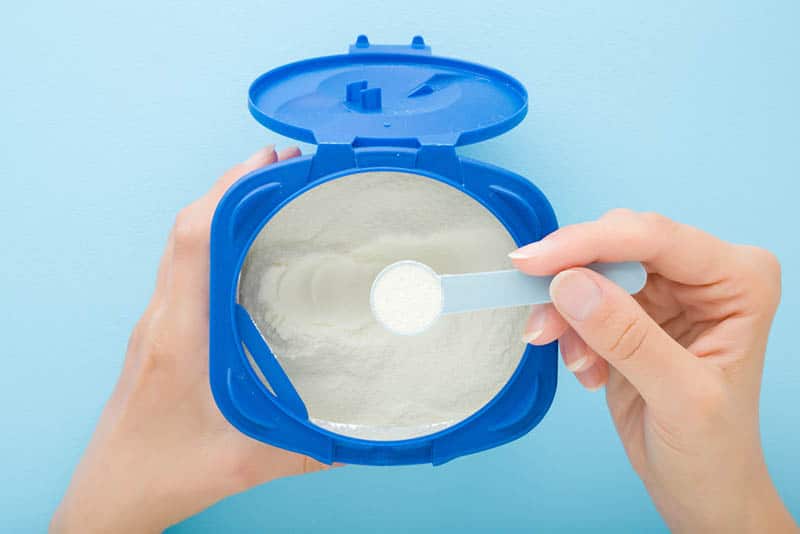
Baby won’t take pacifier? You can try making the process a little easier with your baby’s favorite food.
At this stage, it’s either breast milk (if you are breastfeeding) or baby formula. Dip the silicone or latex nipple into a small amount of expressed breast milk or formula and give it to your baby.
Hopefully, this will help your baby take their soother and finally stop smacking his lips or sucking on his hand.
You can also try warming the nipple in a small amount of warm water.
4. Try tapping and shaking

The whole point of a pacifier is to offer non-nutritive sucking.
So, to encourage your baby to actually suck on the latex or silicone nipple, you can try gently tapping the paci once it’s in your baby’s mouth.
Alternatively, you can try to lightly shake it from side to side.
5. Offer paci at the end of a feeding session

An excellent technique to attempt when the baby won’t take pacifier is to offer it at the end of a feeding session when your little one is feeling sated and sleepy.
If you are breastfeeding, for example, simply replace your boob with a paci. Most new moms find this strategy to be very effective as the baby is content and well-fed, and less likely to protest.
6. Keep trying
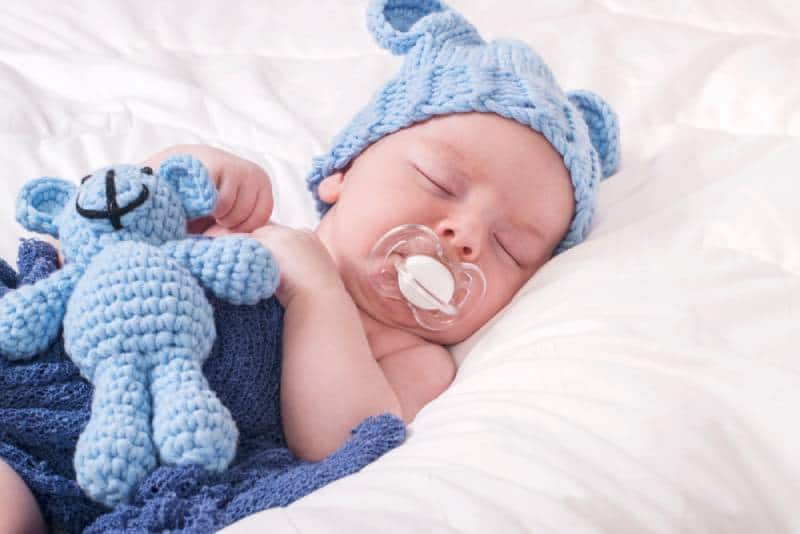
One of the biggest mistakes parents make with their new baby is to assume that when their baby won’t take pacifier after just one attempt, he never will.
The key is to make the entire process fun and be patient.
If you’ve been trying to offer a pacifier to your baby for a few days with no success, then take a break and come back to it in a week or so.
But remember that some babies never warm up to it, so don’t force it if it doesn’t seem to be working.
The Upsides And Downsides Of Pacifier Use
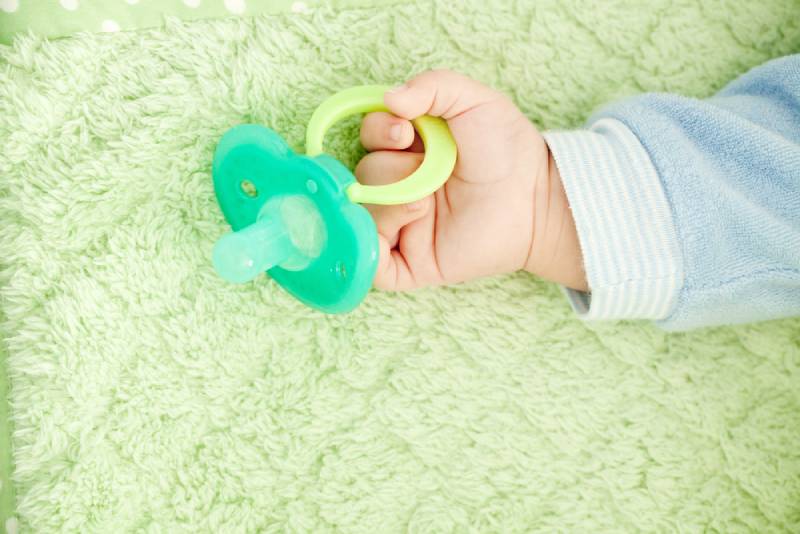
A pacifier belongs to the category of baby things that’s considered an absolute essential – although there are parents who are staunchly against its use.
Still, the pros of pacifier use make for a powerful incentive to introduce them to your baby.
But when should you even consider offering a soother or a binky to your baby?
According to the American Academy of Pediatrics (AAP), if you are planning to breastfeed your baby, then you should wait until breastfeeding is successfully established before giving a binky to your baby.
This usually happens around the time your baby turns one month old.
If you’re still unsure whether to give a binky to your baby or not, here are some upsides and downsides to consider.
Upsides
Arguably the biggest advantage of using a pacifier is the fact that researchers such as R.Y. Moon et al (2012) have shown that it decreases the risk of sudden infant death syndrome (SIDS), especially when the baby is sleeping in an environment that puts him at a high risk of SIDS.
Furthermore, it allows the parents to soothe their baby anyplace, anytime, which is especially useful when taking a newborn baby on a flight, for example.
And while comfort nursing has the same soothing effects, binkies give mom the opportunity to be away from their baby, without worrying that the person caring for their little one will not be able to soothe him.
The use of a dummy also encourages self-soothing in infants during the first year and makes for an excellent teething remedy.
For instance, many parents find that dipping the silicone nipple in some water and then placing it in the freezer to cool really helps with the pain babies feel when they’re teething and feeling cranky.
If your baby is suffering from colic, then the non-nutritive sucking provided by a pacifier can help him calm down.
With bottle-fed babies, there is a risk that parents will think their baby is hungry when in fact, he just has an urge to suck.
As a result, bottle-fed babies might be given too much to eat because they can’t adjust the flow of milk from a bottle. In this case, a pacifier can prevent bottle-fed babies from overfeeding.
Downsides
Parents who are against dummies of any kind claim that they can cause nipple confusion in breastfed babies, leading to premature weaning.
It’s important to say that not all babies develop nipple confusion and easily switch between breastfeeding and sucking on a pacifier or a bottle nipple but if you want to be on the safe side, just wait until your baby gets the hang of breastfeeding before introducing a dummy.
Another con is the fact that babies can get very accustomed to falling asleep while sucking on a dummy.
If it falls out during sleep, your baby will probably cry, causing you to get up, find the dummy, and give it back to them.
When this happens multiple times in one night, it can make your dreams of having your baby sleep through the night seem impossible – however, there are ways of tackling this habit too.
Just like with all habits that are formed in the first 12 months of a baby’s life, a baby can get very attached to their binky and find it very hard to give it up.
Weaning from a pacifier can be as big of a process as weaning a baby from nursing, especially if your child continues using it well into their toddler years.
In addition, there’s a higher risk of ear infections.
There’s also a chance that parents can start overly relying on a dummy whenever their baby cries, causing them to miss out on symptoms that indicate something is wrong.
But, one of the biggest reasons why many parents would like to steer clear of pacifiers is their potential negative impact on the baby’s teeth.
However, this usually happens if a child continues sucking on a thumb or a dummy past the age of 4 or 5, which is quite rare – most babies are weaned by that point.
When To Wean Your Baby From The Pacifier

As I already mentioned, weaning your baby from the pacifier can sometimes be challenging. However, it is important that you do it before a certain point to avoid dental problems.
While there is no specific age recommendation for weaning, most experts agree that a child should be weaned by the age of 3.
On the other hand, S. Sexton et al (2009) write that the AAP and the American Academy of Family Physicians recommend weaning to take place between 6 and 12 months of age.
Whether your child is weaned by his first birthday or by the age of 3 is up to you. However, weaning is easiest before 12 months as babies are more flexible in this regard than toddlers, as they can develop an emotional connection with their dummy and refuse to give it up, no matter how hard you try.
If your child continues using a dummy past his first birthday, don’t worry – there are numerous strategies to help you out, such as limiting its use only to help him fall asleep.
With time, you can replace the pacifier with other soothing bedtime routines.
This process can take time, depending on the personality of the child, so try not to compare the experiences of your kiddo to others.
To Wrap Up
Although there are plenty of parents who are against using dummies or soothers of any kind, you can’t deny that they do help when it comes to calming babies down, especially in stressful situations.
And when you’re getting ready to fly for the first time with your baby, who could blame you for wanting a little help from a latex or silicone dummy?
Even more significant is the research showing that dummies can reduce the risk of SIDS, making them very beneficial for babies.
But if you are nursing, remember to hold off on introducing a dummy to your precious bundle of joy before the two of you have gotten the hang of nursing.
Should you find that your baby simply doesn’t take to a dummy, don’t push it. While it might be sometimes more difficult to soothe your child, at least you won’t have to worry about weaning a couple of years down the line!
References:
• American Academy of Pediatrics. (2012, December 13). “Pacifiers: Satisfying Your Baby’s Needs” [Blog post]. Retrieved from the Healthy Children website.
• Moon, R. Y., Tanabe, K. O., Yang, D. C., Young, H. A., Hauck, F. R. (2012). “Pacifier use and SIDS: evidence for a consistently reduced risk.” Maternal and Child Health Journal, 16(3), 609-614.
• Sexton, S., Natale, R. (2009). “Risks and benefits of pacifiers.” American Family Physician, 79(8), 681-685.
Like this post? Please share or pin it for later. You can also stay in the loop and follow us on Facebook, Instagram or Pinterest.
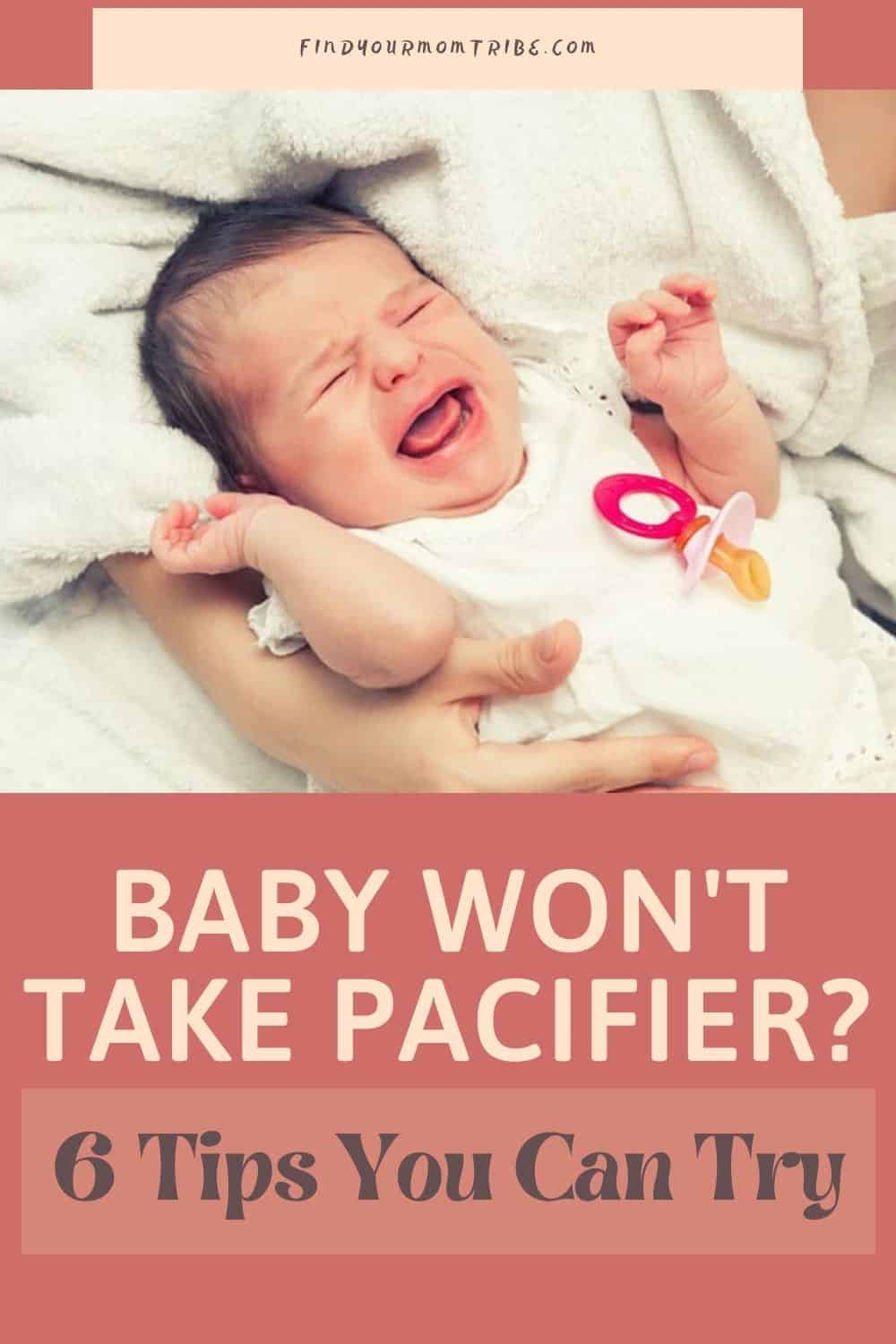
This post contains affiliate links. Please see our full disclosure for more info.

